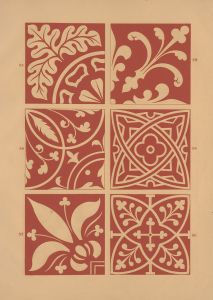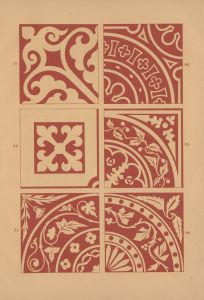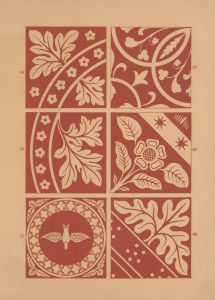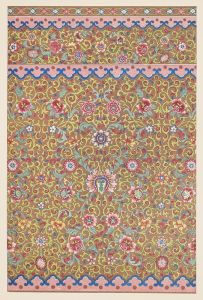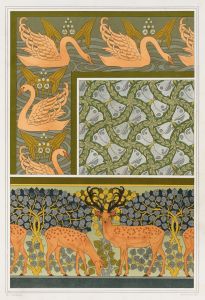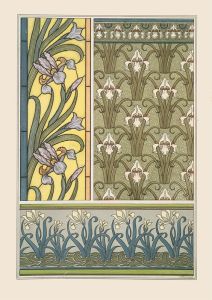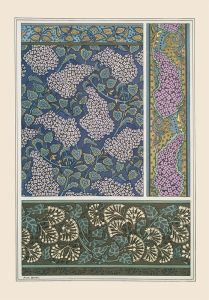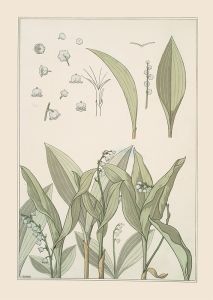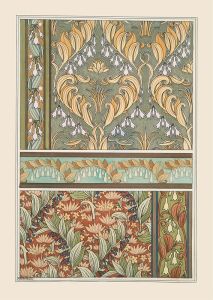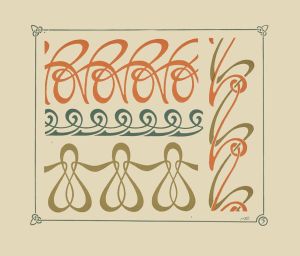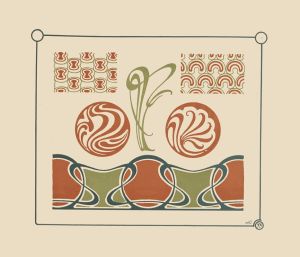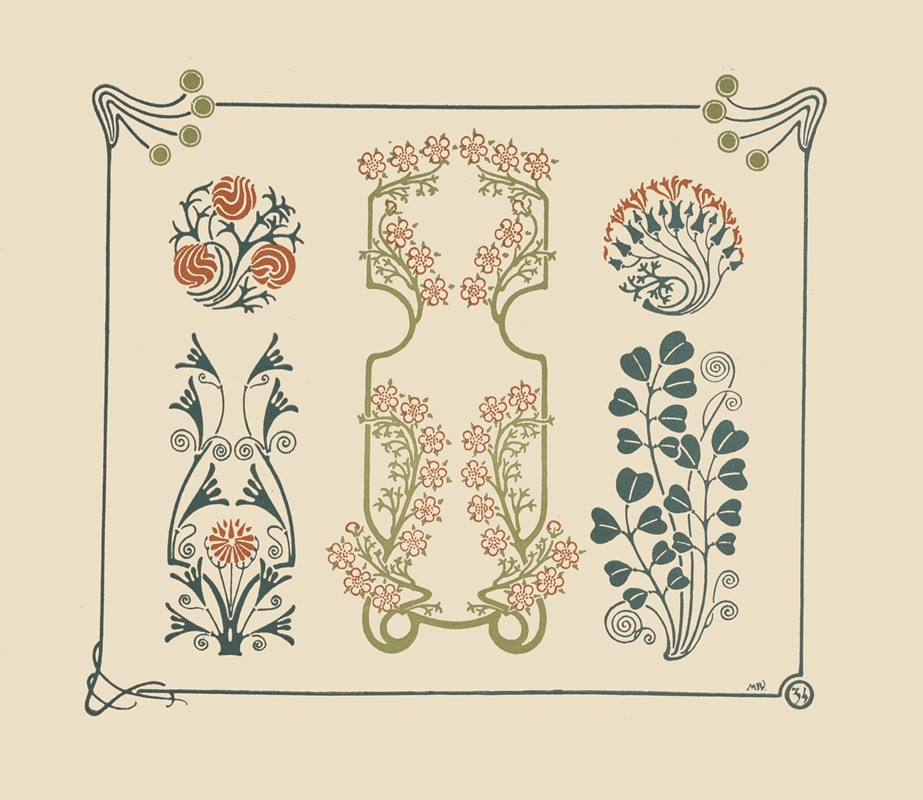
Abstract design based on tiny flowers and leaves.
A hand-painted replica of Maurice Pillard Verneuil’s masterpiece Abstract design based on tiny flowers and leaves., meticulously crafted by professional artists to capture the true essence of the original. Each piece is created with museum-quality canvas and rare mineral pigments, carefully painted by experienced artists with delicate brushstrokes and rich, layered colors to perfectly recreate the texture of the original artwork. Unlike machine-printed reproductions, this hand-painted version brings the painting to life, infused with the artist’s emotions and skill in every stroke. Whether for personal collection or home decoration, it instantly elevates the artistic atmosphere of any space.
Maurice Pillard Verneuil was a prominent French artist and designer known for his contributions to the Art Nouveau movement. Born on April 29, 1869, in Saint-Quentin, France, Verneuil's work is characterized by its intricate patterns and natural motifs, often drawing inspiration from flora and fauna. One of his notable works is "Abstract design based on tiny flowers and leaves," which exemplifies his skill in creating detailed and harmonious compositions.
Verneuil's artistic journey began with his education at the École des Beaux-Arts in Paris, where he was influenced by the burgeoning Art Nouveau style. This movement, which flourished from the late 19th century to the early 20th century, emphasized organic forms, flowing lines, and the integration of natural elements into art and design. Verneuil quickly became a key figure in this movement, contributing to its development through his innovative designs and publications.
"Abstract design based on tiny flowers and leaves" is a testament to Verneuil's mastery of pattern design. The artwork features a complex arrangement of small flowers and leaves, meticulously organized to create a visually appealing and balanced composition. The use of natural elements in an abstract form is a hallmark of Verneuil's style, reflecting his ability to blend realism with decorative abstraction.
The design showcases Verneuil's attention to detail and his understanding of botanical forms. Each flower and leaf is rendered with precision, capturing the delicate beauty of nature while maintaining a sense of stylization that is characteristic of Art Nouveau. The interplay of shapes and lines creates a dynamic rhythm within the composition, drawing the viewer's eye across the intricate patterns.
Verneuil's work was not limited to standalone artworks; he also applied his designs to various decorative arts, including textiles, wallpapers, and ceramics. His patterns were widely used in interior design, contributing to the aesthetic of the Art Nouveau period. Verneuil's influence extended beyond France, as his designs were appreciated and utilized by artists and designers across Europe.
In addition to his design work, Verneuil was an accomplished author and educator. He published several books on ornamental design, sharing his knowledge and techniques with a broader audience. His publications, such as "L'Animal dans la Décoration" and "Les Animaux et Leurs Applications Décoratives," are considered important resources for understanding the principles of Art Nouveau design.
Maurice Pillard Verneuil's contributions to the world of art and design have left a lasting legacy. His ability to transform natural elements into abstract patterns continues to inspire contemporary designers and artists. "Abstract design based on tiny flowers and leaves" remains a prime example of his talent and vision, encapsulating the essence of Art Nouveau through its elegant and intricate composition.
Verneuil passed away on September 21, 1942, but his work continues to be celebrated for its beauty and innovation. His designs are preserved in various collections and museums, allowing new generations to appreciate the artistry and creativity that defined his career.





